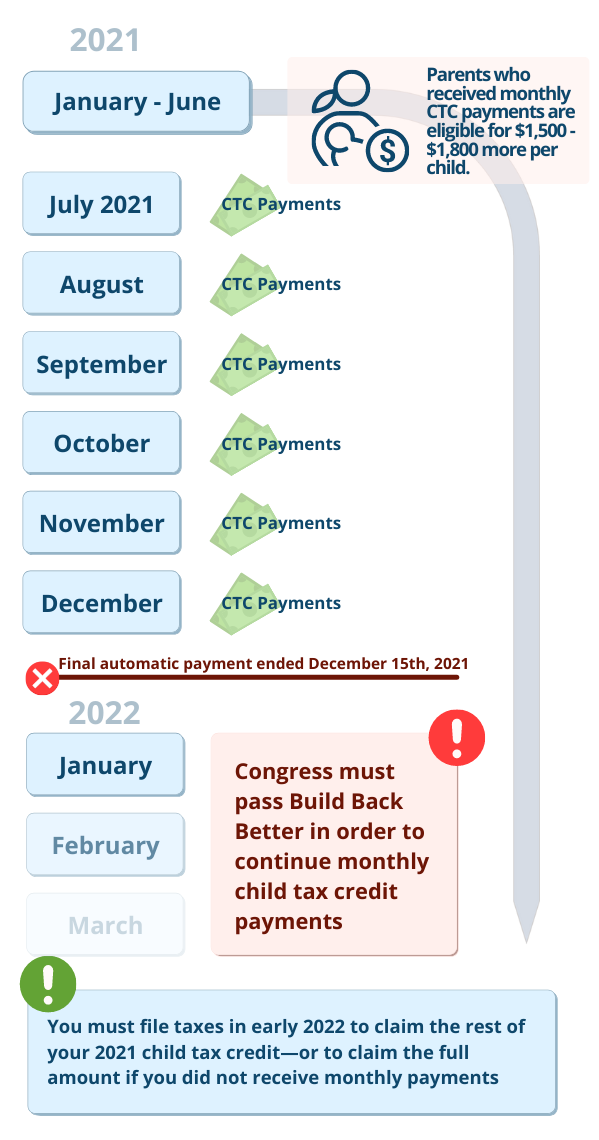Table of Contents
Electric Vehicle & Solar Incentives - Tesla Support in Hampton-Virginia
There are two types of tax credits available for taxpayers: refundable and nonrefundable. Both types offer you the chance to lower the amount of taxes you owe, but refundable credits can also get you a tax refund when you don't owe any tax. When filing their income taxes each year, taxpayers may have different goals in mind.
Tax credits can help you meet all of those goals. There are two types of credits available for taxpayers: refundable and nonrefundable. Both types of credits offer you the chance to lower the amount of taxes you owe. Refundable tax credits can also get you a tax refund when you don’t owe any tax.


For example, if you owe $800 in taxes and qualify for a $1,000 refundable credit, you would receive a $200 refund. Like payroll withholding, refundable tax credits are regarded as tax payments. This means that the amount of a refundable tax credit is subtracted from the amount of taxes owed, just like the amount of tax you had withheld from your paycheck.
How To Claim The Child Tax Credit If You Didn't Work In 2021 in Everett-Washington
This makes refundable credits some of the most valuable parts of your tax return. Some taxpayers may find that nonrefundable credits, deductions or other circumstances leave them with zero taxes due. Even with no taxes owed, taxpayers can still apply any refundable credits they qualify for and receive the amount of the credit or credits as a refund.
For this reason, when doing your taxes, consider calculating any refundable tax credits after figuring in all nonrefundable credits, deductions and tax payments. All tax credits come with a set of qualifications that the taxpayer needs to meet in order to receive the credit. Some common requirements include: an income level within a certain range, family size, or a requirement that the taxpayer had some earned income.
Many of the credits even have a step scale in which taxpayers with lower incomes are eligible for a larger credit than taxpayers at the higher end of the income scale. Whether or not a tax credit is available every year is not guaranteed. Each year, Congress has the opportunity to extend many of the tax credits available the previous year.
Build Back Better's Child Tax Credit Changes Would Protect ... in Greeley-Colorado
If Congress chooses not to extend a credit, the credit expires. One example of this is the Making Work Pay Credit, which offered a refundable credit of $400 for individuals and $800 for couples married filing jointly. It was available in tax years 2009 and 2010, but because Congress did not vote to extend it, the credit is no longer available.

For example, the First-Time Homebuyer Credit created in 2008 was originally worth up to $7,500 with the requirement that the taxpayer repay a portion of it each year. Instead of allowing it to expire at the end of 2008, The First-Time Homebuyer Credit was extended and altered for homes purchased in 2009 and 2010.
The federal government can also alter the terms of the credit. For example, the credit could change from being refundable to nonrefundable, or the qualifications for the credit could change, altering the number of people who will be able to take advantage of the credit. Let an expert do your taxes for you, start to finish with Turbo, Tax Live Full Service. Or you can get your taxes done right, with experts by your side with Turbo, Tax Live Assisted.
What Are Tax Credits? - Revenue in Tulsa-Oklahoma
Just answer simple questions, and we’ll guide you through filing your taxes with confidence. Whichever way you choose, get your maximum refund guaranteed.
Page Last Reviewed or Updated: 26-Jan-2023.
A ( Lock A locked padlock ) or https:// means you’ve safely connected to the . gov website. Share sensitive information only on official, secure websites.
Refundable Tax Credit Definition - Taxedu in Atlanta-Georgia
The EITC can be worth over $6000. Use this simple, 2-question tool to calculate what your EITC might be worth.
Tax credits are the gold nuggets of the tax world. Qualifying for one feels better than finding $100 in your pants pocket. Here’s a brief look at how they work and an overview of the most common ones you may qualify for. A tax credit provides taxpayers with a dollar-for-dollar reduction of their tax bill.
A variety of tax credits are offered on both the federal and state levels to incentivize certain actions (e. g., purchasing an electric vehicle), or to offset the cost of certain expenses (e. g., raising or adopting a child). In order to qualify for a tax credit, taxpayers usually must meet a strict set of criteria relevant to that credit.
Table of Contents
Latest Posts
The 7 Best Heart Rate Monitors For All Levels In 2023 now available in NYC - limited time
Best Waterproof Heart Rate Monitor For Swimmers now in NYC - limited period only
Best Heart Rate Monitors Of 2023 - Popular Science now available in NC - limited period
Navigation
Latest Posts
The 7 Best Heart Rate Monitors For All Levels In 2023 now available in NYC - limited time
Best Waterproof Heart Rate Monitor For Swimmers now in NYC - limited period only
Best Heart Rate Monitors Of 2023 - Popular Science now available in NC - limited period